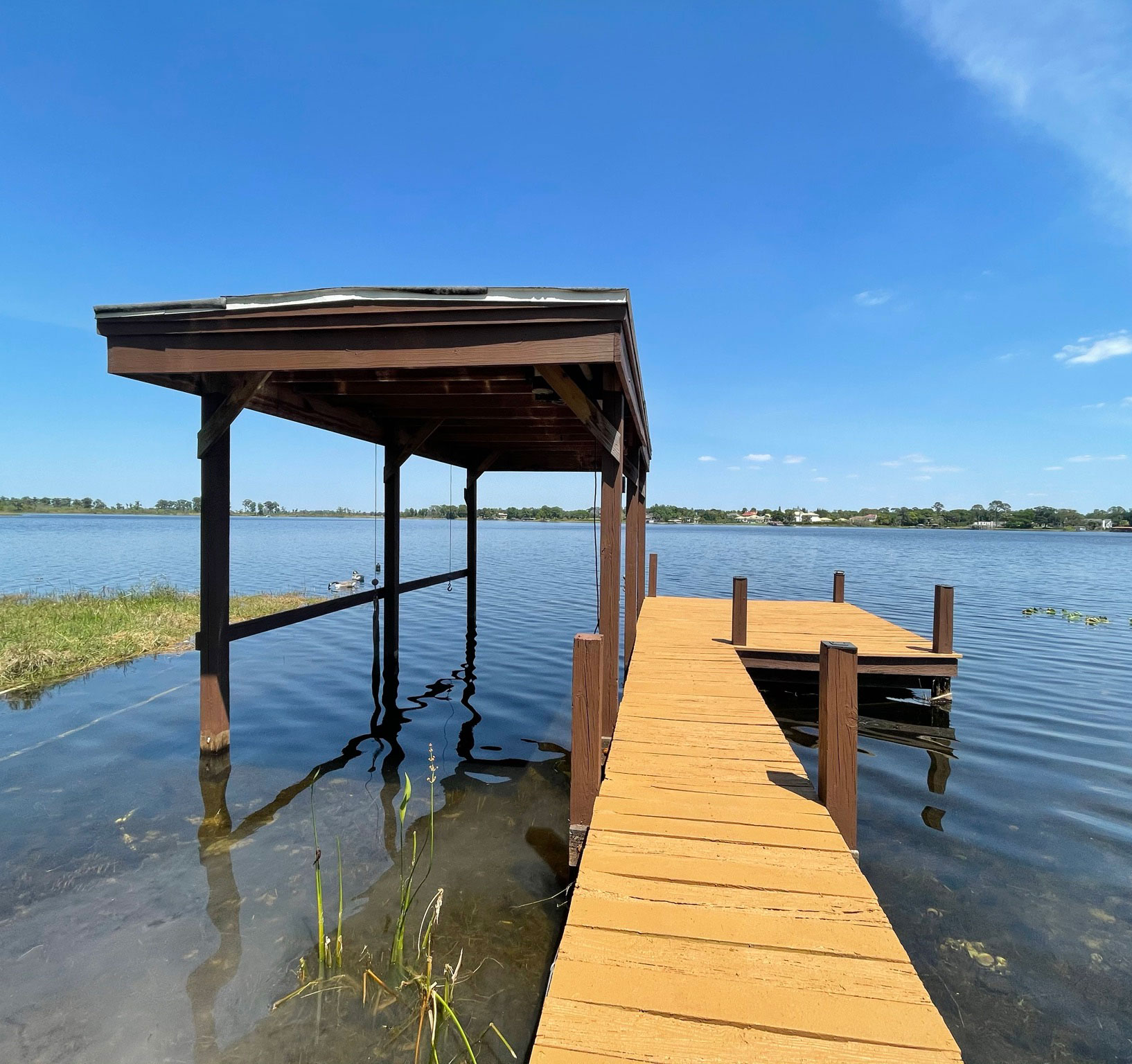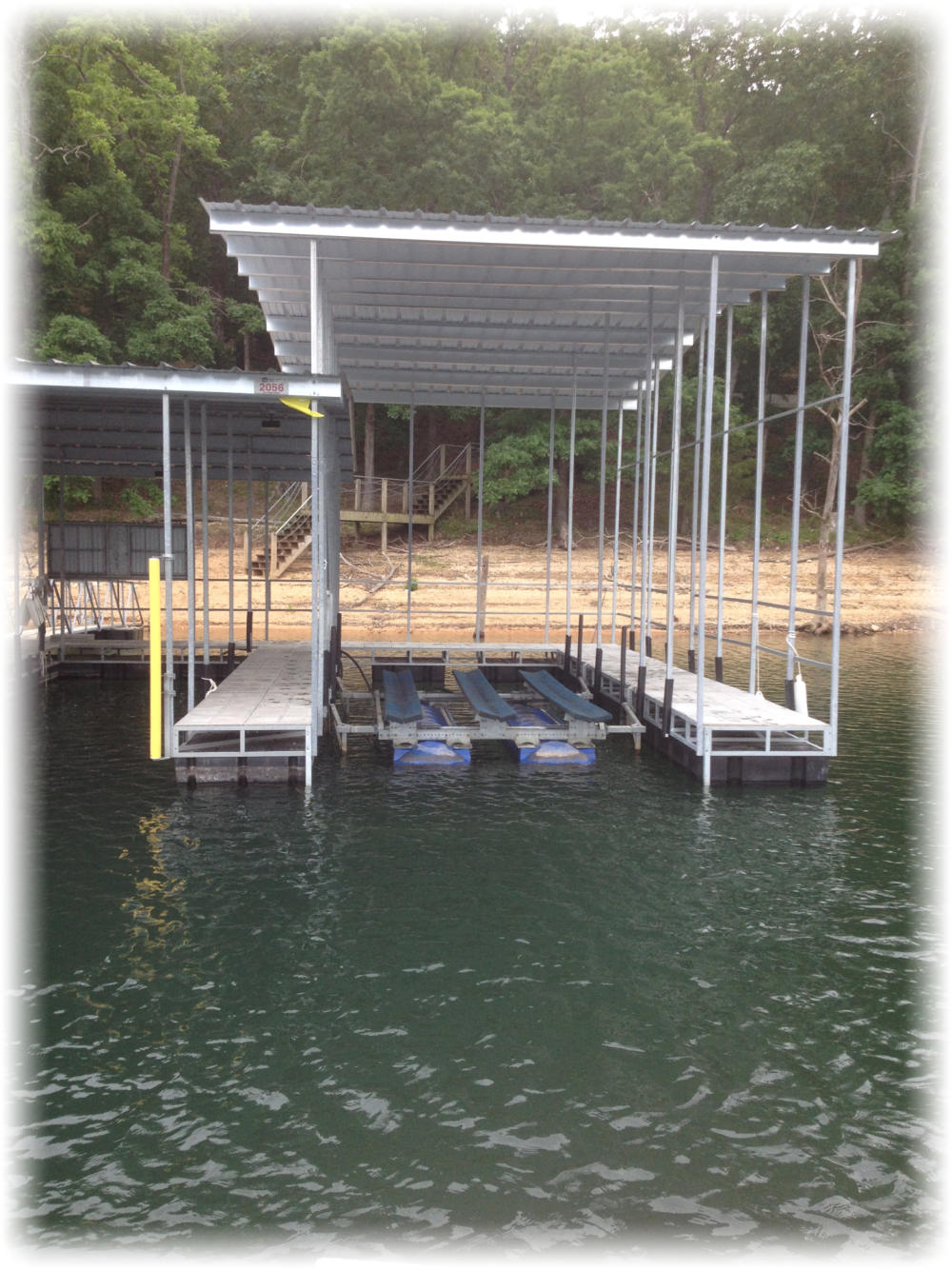Top Indications You Need Expert Dock Repairs This Season
Top Indications You Need Expert Dock Repairs This Season
Blog Article
Efficient Dock Fixing Techniques: Ensuring Structural Integrity
Making certain the architectural integrity of docks via effective repair work methods is vital for the longevity and safety and security of aquatic facilities. Consequently, picking the right fixing materials, such as composite materials and corrosion-resistant alloys, is important for durability.
Assessing Dock Damages
Examining dock damage is a critical primary step in making sure the structural stability and security of any type of docking center. This preliminary assessment involves an extensive evaluation to recognize both hidden and visible damages. Key facets to analyze consist of the dock's structure, pilings, outdoor decking, and hardware. Each element has to be scrutinized for indications of wear, rot, corrosion, or other types of degradation that can jeopardize the structural honesty.
Structural designers or qualified inspectors generally carry out these evaluations utilizing specialized tools and strategies. Undersea examinations may employ sonar equipment or from another location operated lorries (ROVs) to detect submerged damage. Over water, visual inspections are complemented by utilizing dampness meters and other diagnostic devices to discover underlying issues not quickly noticeable to the naked eye.

Finding Repair Work Materials
Choosing the appropriate repair work products is a critical action in the dock remediation procedure, one that directly affects the longevity and performance of the repaired structure. Material selection need to be driven by factors such as ecological conditions, load-bearing requirements, and compatibility with existing dock parts. For example, timber is a conventional choice for anchors because of its all-natural resilience and visual charm. However, choosing the right kind of timber, such as pressure-treated lumber or naturally rot-resistant varieties like cedar or teak, is critical to stand up to aquatic atmospheres.
Along with wood, composite products are progressively preferred due to their durability and low upkeep needs. Composites, commonly made from a mix of plastic and wood fibers, use excellent resistance to rot, pests, and UV damage. For steel docks, selecting corrosion-resistant alloys such as galvanized steel or marine-grade light weight aluminum is necessary to stop rust and ensure architectural integrity in saline water conditions.
Epoxy resins and marine-grade sealants are essential for fixing cracks and securing joints, supplying a water-proof barrier and boosting the dock's overall strength. By diligently picking premium products, dock repair services can accomplish lasting results, thereby protecting versus future degradation and ensuring secure, dependable usage.
Architectural Support Strategies
Reliable architectural support techniques are important in ensuring the security and longevity of dock repairs. One essential technique includes using steel or composite reinforcement bars (rebar) within concrete frameworks. Rebar provides additional tensile stamina, stopping fractures and distributing loads much more uniformly. This technique is specifically effective for docks subjected to hefty loads or rough ecological conditions.
One more important technique is the application of fiber-reinforced polymers (FRP) These products provide high strength-to-weight proportions and excellent resistance to deterioration, making them ideal for reinforcing wood or concrete anchors. FRP can be used in sheets or strips and adhered with epoxy materials to boost structural honesty.
Supporting and securing systems additionally play an essential role in architectural reinforcement. Cross-bracing, making use of metal or wood beams, can neutralize lateral pressures, decreasing swaying and activity. Anchoring systems, such as helical piers or driven heaps, provide a secure foundation by moving lots to much deeper, more secure dirt layers.
Last but not least, the assimilation of load-distribution plates can help disperse weight extra equally throughout the dock's surface area, reducing local tension factors. These techniques jointly ensure that anchors remain safe and robust, efficient in withstanding the roughness of their operational atmosphere.
Advanced Fixing Techniques

An additional innovative method involves underwater welding, which permits for fixings to be performed without the requirement to dewater the area. This technique is specifically useful for addressing architectural problems in immersed dock elements, guaranteeing very little interruption to operations. Boosted welding techniques, combined with robot systems, provide precision and reliability, thereby extending the life-span of the dock.
In addition, cathodic protection systems are implemented to stop corrosion in metal dock frameworks. By making use of sacrificial anodes or amazed existing systems, these methods effectively reduce the electrochemical procedures that lead to material degeneration.
Last but not least, progressed surveillance modern technologies, such as architectural health and wellness tracking (SHM) systems, give real-time information on the problem of dock structures. These systems enable aggressive maintenance and prompt treatments, inevitably making certain the long-term structural honesty of the dock.
Maintenance and Prevention
Upkeep and avoidance are basic concepts that underpin the long life and safety of dock structures. Routine examinations are critical, enabling very early detection of wear and tear, prospective weaknesses, and environmental impacts. A proactive technique, involving regular checks for rust, rot, and architectural shifts, reduces expensive repair work and lengthens the dock's operational life.
Preventative steps ought to consist of using protective finishings to steel elements to safeguard against corrosion and using treated wood to stand up to decay. review In addition, guaranteeing proper water drainage and air flow can protect against water accumulation, which is a typical reason for architectural deterioration. Incorporating top quality materials and adhering to supplier standards throughout construction and fixing stages additionally play essential roles in boosting toughness.

Educating employees in dock upkeep best practices guarantees consistent application of safety nets. Leveraging technical developments, such as drones for assessments and sensors for real-time tracking, can better enhance upkeep initiatives. Recommended Site By focusing on maintenance and avoidance, dock owners can ensure structural honesty, functional safety, and cost-effective management over the dock's lifespan.
Final Thought
In verdict, keeping the architectural stability of marine facilities necessitates detailed dock repair work methods. Advanced repair work methods, paired with normal upkeep practices, make sure the dock continues to be operational and safe under diverse environmental conditions.
Making certain the architectural integrity of docks via effective repair work strategies is critical for the durability and safety of marine facilities.Picking the appropriate repair materials is go a pivotal action in the dock repair process, one that directly affects the durability and performance of the repaired structure.Effective architectural reinforcement strategies are vital in making certain the stability and longevity of dock repairs. By prioritizing maintenance and avoidance, dock owners can guarantee structural integrity, functional safety and security, and cost-efficient administration over the dock's lifespan.
In conclusion, preserving the structural integrity of marine facilities requires extensive dock repair service techniques.
Report this page